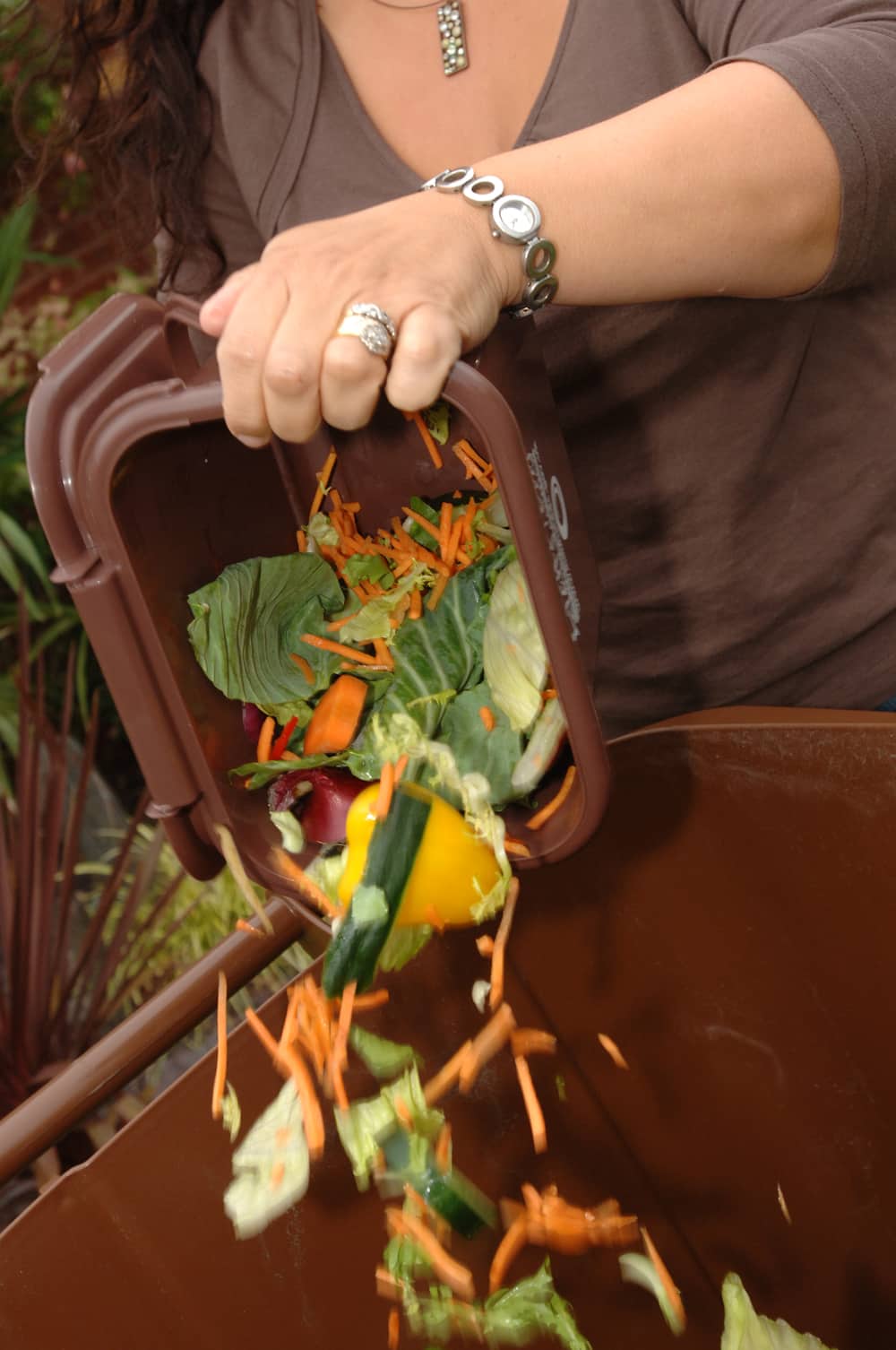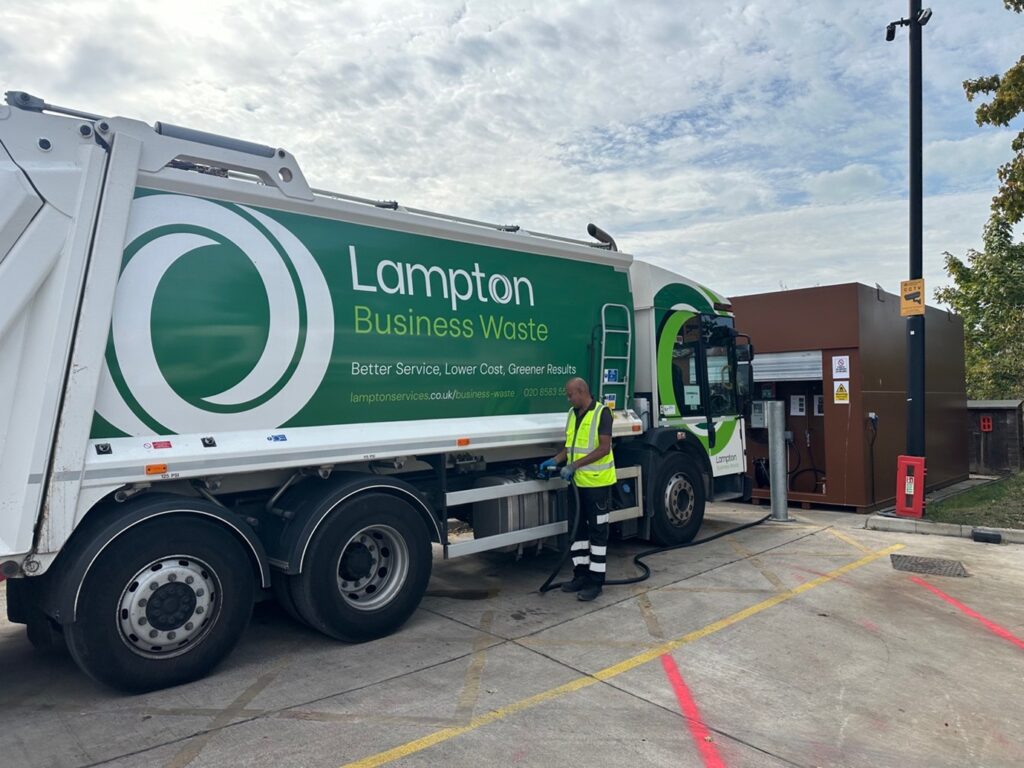Published on Friday (December 12), WRAP’s latest ‘Barriers to recycling at home’ report identifies uncertainty felt by householders when new materials – in particular plastics and food waste – are introduced for recycling, and calls for clearer communication in order to overcome these barriers.

Marcus Gover, director at WRAP, said there was a “long way to go” to boost stagnating recycling rates, with the latest 2013/14 recycling figures for England last month (November 18) showing an increase in the overall rate of only 0.3% over the year (see letsrecycle.com story).
The report finds that changes to recycling collection services can cause householders to ‘lack confidence in their ability to recycle’, which when combined with ‘uncertainty’ over what is required of them can negatively impact on recycling rates.
According to the report, barriers to recycling in the home are dependent on the type of property a householder lives in, their personal circumstance and the collection service they receive.
The new report builds on WRAP’s original 2008 ‘Barriers to recycling at home’ document and is based on evidence from the 2014 3Rs Tracking online survey – previously the Recycle Now survey – on recycling, reuse and repair consumer behaviour and attitudes.
Undertaken online in spring 2014, the 3Rs survey saw a total of 4,476 interviews undertaken across England, Scotland, Wales and Northern Ireland.
Supported by Defra, Zero Waste Scotland and the Welsh and Northern Irish governments, the survey found that 75% of respondents recycle in some way, a third of which are classed as ‘highly effective’ recyclers who consistently recycle all materials accepted by their local service.
The remaining two thirds of those which recycle, the report states, ‘need more guidance on what can be recycled to ensure they are recycling all that they can and not including items that are not currently recycled by their local service’.
Materials
Of those that recycle, a large number reported recycling materials such as paper, cardboard, plastic bottles, glass, cans and tins.
However, recycling levels for other materials – particularly soft plastic packaging, food waste and foil – among respondents were much lower, with a high proportion of households reporting that they dispose of these materials with their general waste.
[testimonial id = “128” align=”right”]
In addition, the survey found an eight percentage point reduction in the proportion of households reporting that they recycled plastic pots, tubs and trays to 26% this year since the 2013 survey
Meanwhile other items – aerosols (30%), foil (43%), soft plastic packaging (57%) and plastic bottles (8%) – all fell by three percentage points on the previous year.
The survey reports that those who are confident about what can and cannot be recycled are ‘much more likely’ to say they received information about the kerbside collection in the past year, with 64% for those who say they are ‘very confident’ reporting receiving information, compared to just 21% of those who are ‘not very’ or ‘not at all’ confident.
Initiatives
WRAP now plans to introduce a number of initiatives in 2015 to help improve recycling rates, including a refresh of the Recycle Now awareness campaign.
This will see new communication resources added to the Recycle Now website as well as a relaunch of the existing postcode locator, which enables residents to access information about local recycling schemes.
Marcus Gover, director at WRAP, said: “In the past ten years we’ve seen a significant rise in recycling rates; however we still have a long way to go. Using the findings of the ‘Barriers to recycling at home’ report, we know where to focus our attention when giving support and guidance to partners, ensuring that they are able to offer the right service which allows more residents to recycle highly effectively.”









Subscribe for free